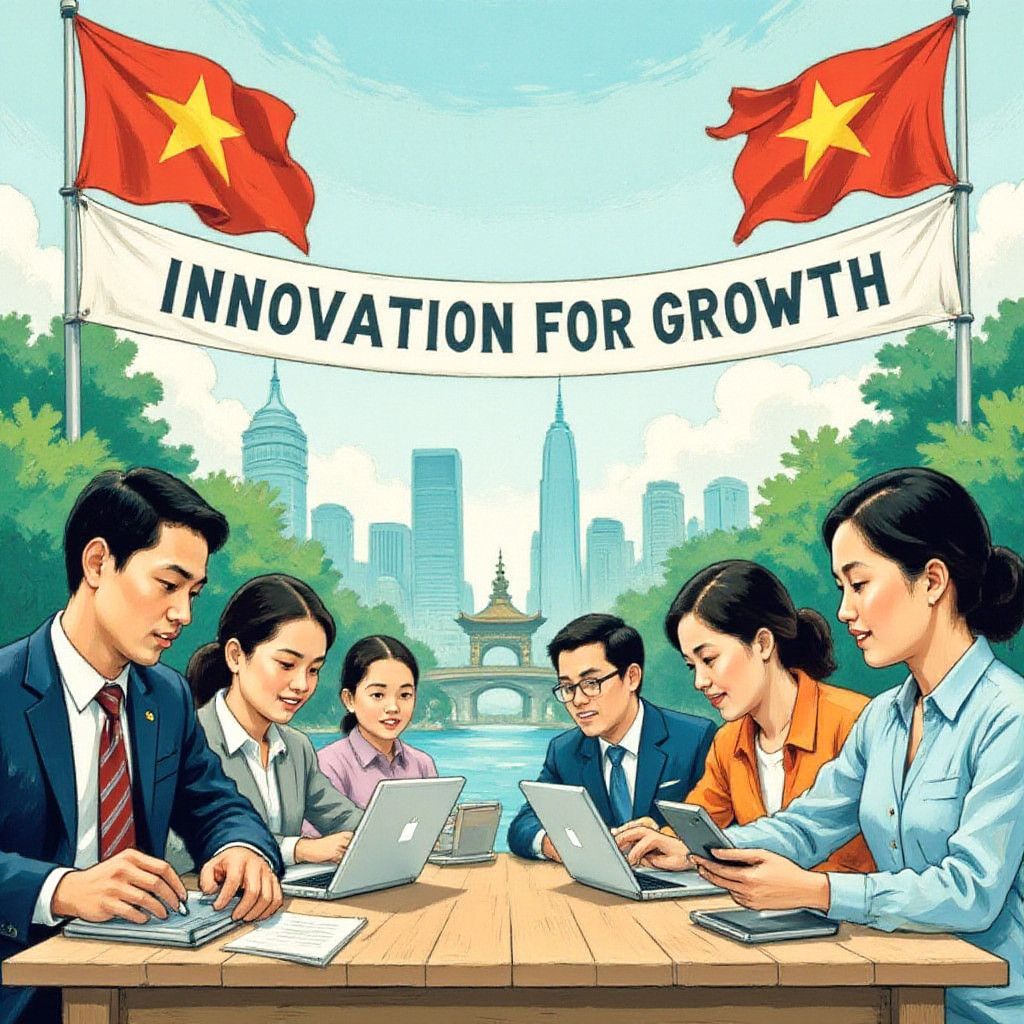In a rapidly changing global landscape, Vietnam is making headlines by urging the United States to lift technology restrictions that limit the country’s growth potential. Prime Minister Pham Minh Chinh recently emphasized the vital importance of US support in bolstering Vietnam’s technological capabilities. This push comes as part of a broader strategy to position Vietnam as a competitive player in the global technology arena.
Over the past few decades, Vietnam has undergone a remarkable transformation, transitioning from an agrarian economy to a burgeoning hub for technology and innovation. With a young, tech-savvy population and a government committed to modernization, the nation recognizes that unfettered access to advanced technologies is essential for sustainable economic growth. However, certain US restrictions on technology exchange and trade pose challenges.
The context of these restrictions stems from national security concerns. The US has implemented regulations aimed at safeguarding sensitive technologies from potential adversaries. While these measures are undoubtedly crucial in preserving American interests, they also inadvertently hinder the growth of economic partners like Vietnam, which is seeking to enhance its technological prowess.
The Vietnamese government is advocating for the lifting of these restrictions not merely as a plea, but as a rational investment in a collaborative future. Prime Minister Chinh argues that increased US-Vietnam technological collaboration would lead to mutual benefits, fostering innovation, job creation, and economic stability in both nations. For instance, sectors such as software development, telecommunications, and artificial intelligence could greatly benefit from the infusion of US tech capabilities.
An example of the potential impact of this collaboration can be seen in the burgeoning startup ecosystem in Ho Chi Minh City and Hanoi. These cities have witnessed a surge in technology startups, many of which have achieved significant success on a global scale. By removing restrictions, US companies could invest in these startups, bringing invaluable expertise and resources that would accelerate their growth. Companies like VNG Corporation have already made strides in the gaming and fintech sectors, showing that Vietnamese enterprises are ready to compete internationally, given the right technological support.
Moreover, lifting tech restrictions aligns with Vietnam’s long-term objectives outlined in its national strategy for digital transformation by 2025. This strategy aims to develop a digital economy that significantly contributes to GDP, enhance the integration of technology into various sectors, and promote smart city development. By collaborating with US tech giants, Vietnam could leverage cutting-edge innovations to achieve these ambitious goals more efficiently.
There are also geopolitical implications to consider. Strengthening US-Vietnam ties through technology could serve as a strategic counterbalance to China’s growing influence in the region. As nations worldwide seek to navigate the complexities of modern geopolitics, forming alliances based on shared economic and technological interests is essential. The US-Vietnam collaboration could enhance regional stability and promote a balanced power dynamic in Southeast Asia.
The response from the US to Vietnam’s appeal for lifted restrictions will be crucial. US lawmakers and technology leaders must weigh the potential economic benefits against national security concerns. However, a nuanced approach that recognizes the strategic importance of partnerships in fostering economic resilience could pave the way for a more integrated technological future.
In conclusion, Vietnam’s initiative to remove technology restrictions from the US presents an opportunity not only for its economic development but also for fostering greater international collaboration. As both nations explore a future of shared innovation and growth, the potential outcomes could reshape the technological landscape in Southeast Asia and beyond. Prime Minister Chinh’s call is not just a plea for technology but a vision for a collaborative future that could benefit both the US and Vietnam.












